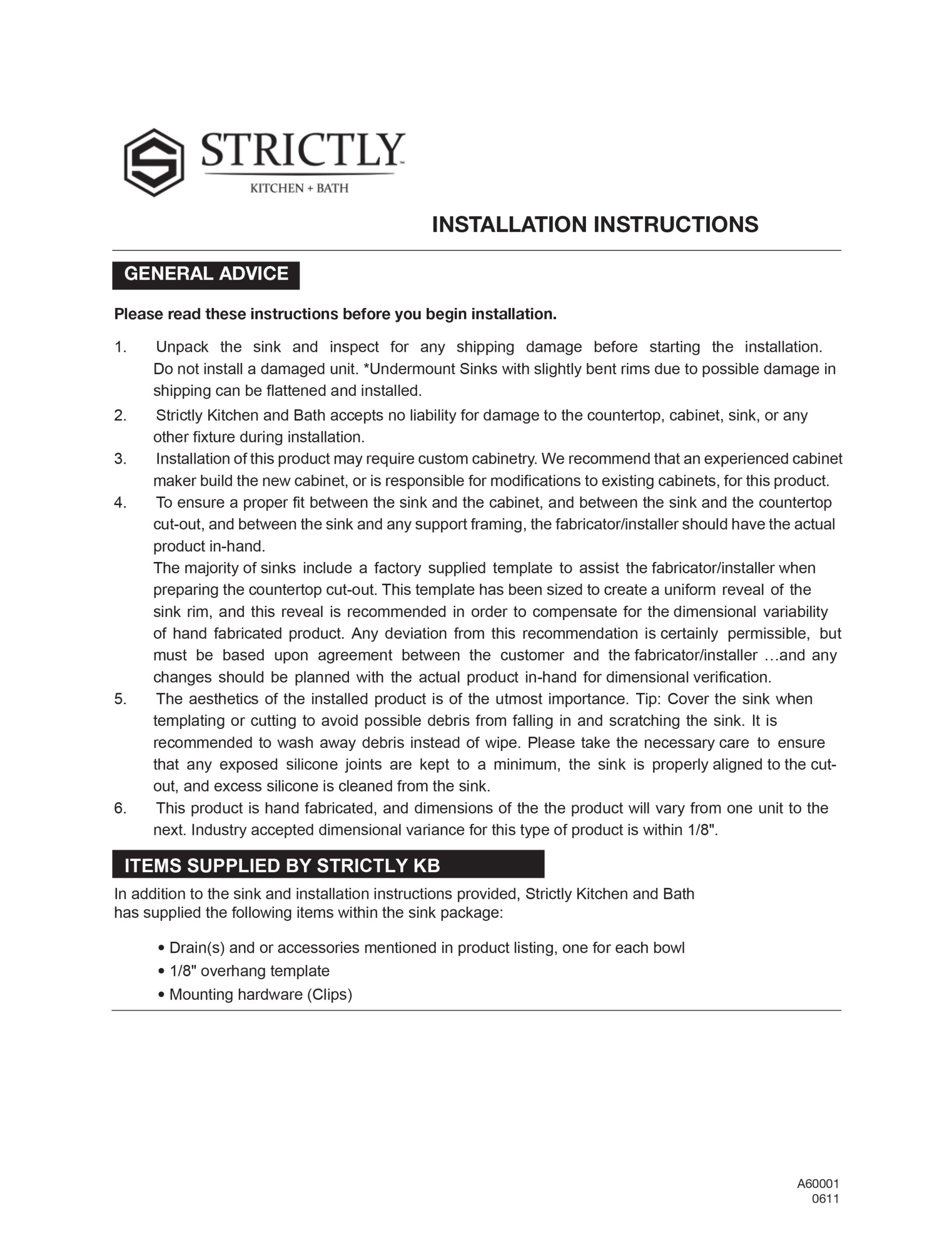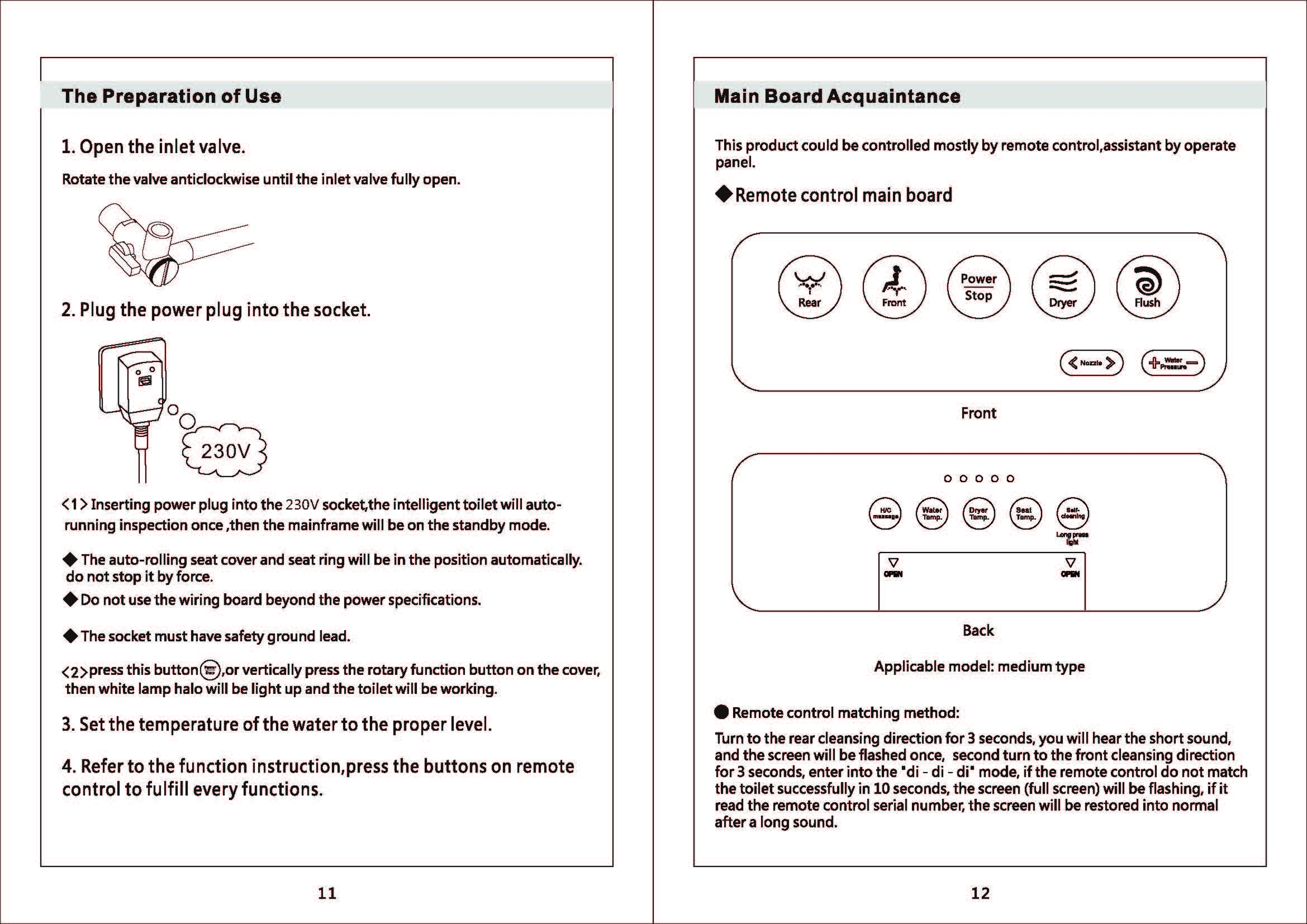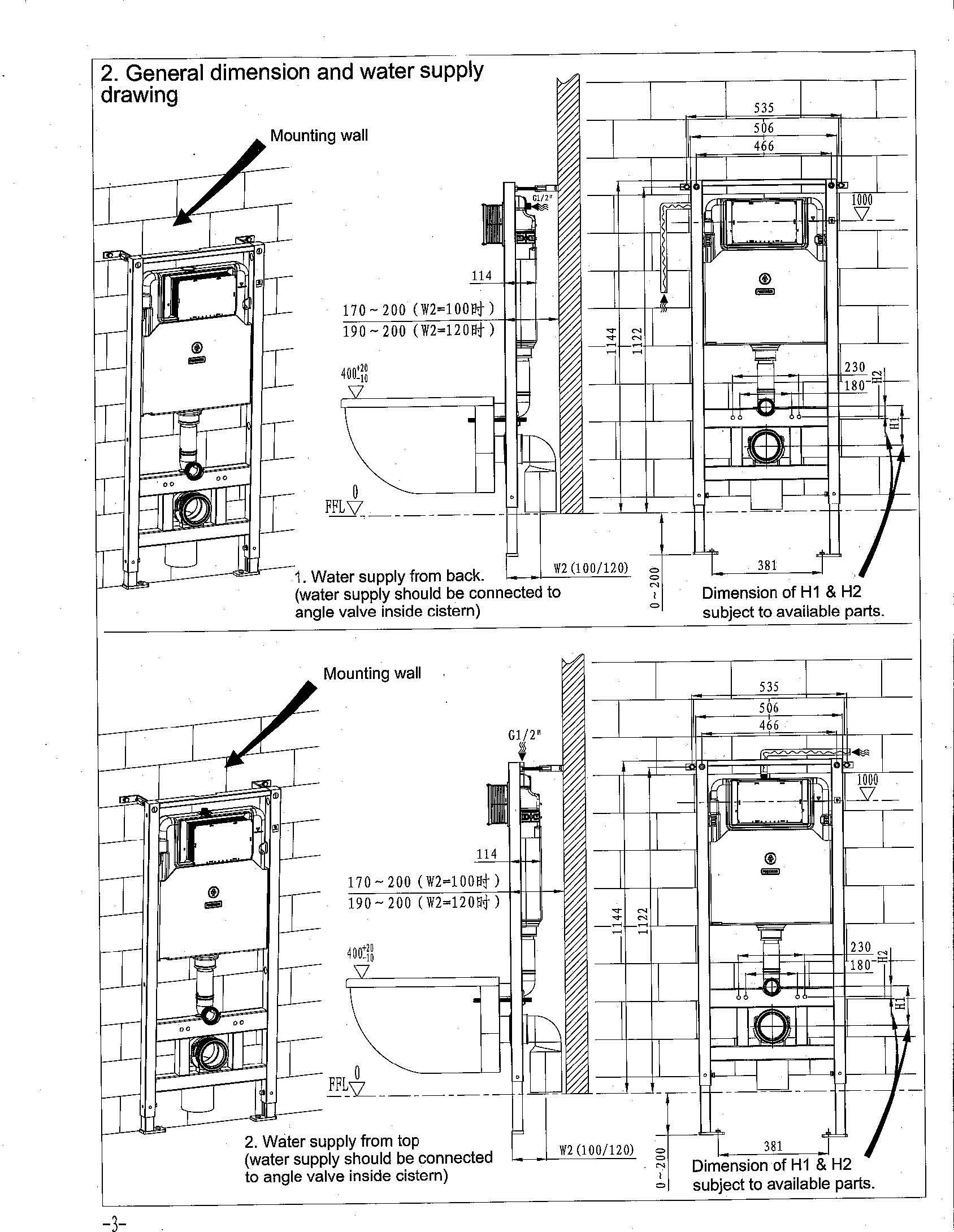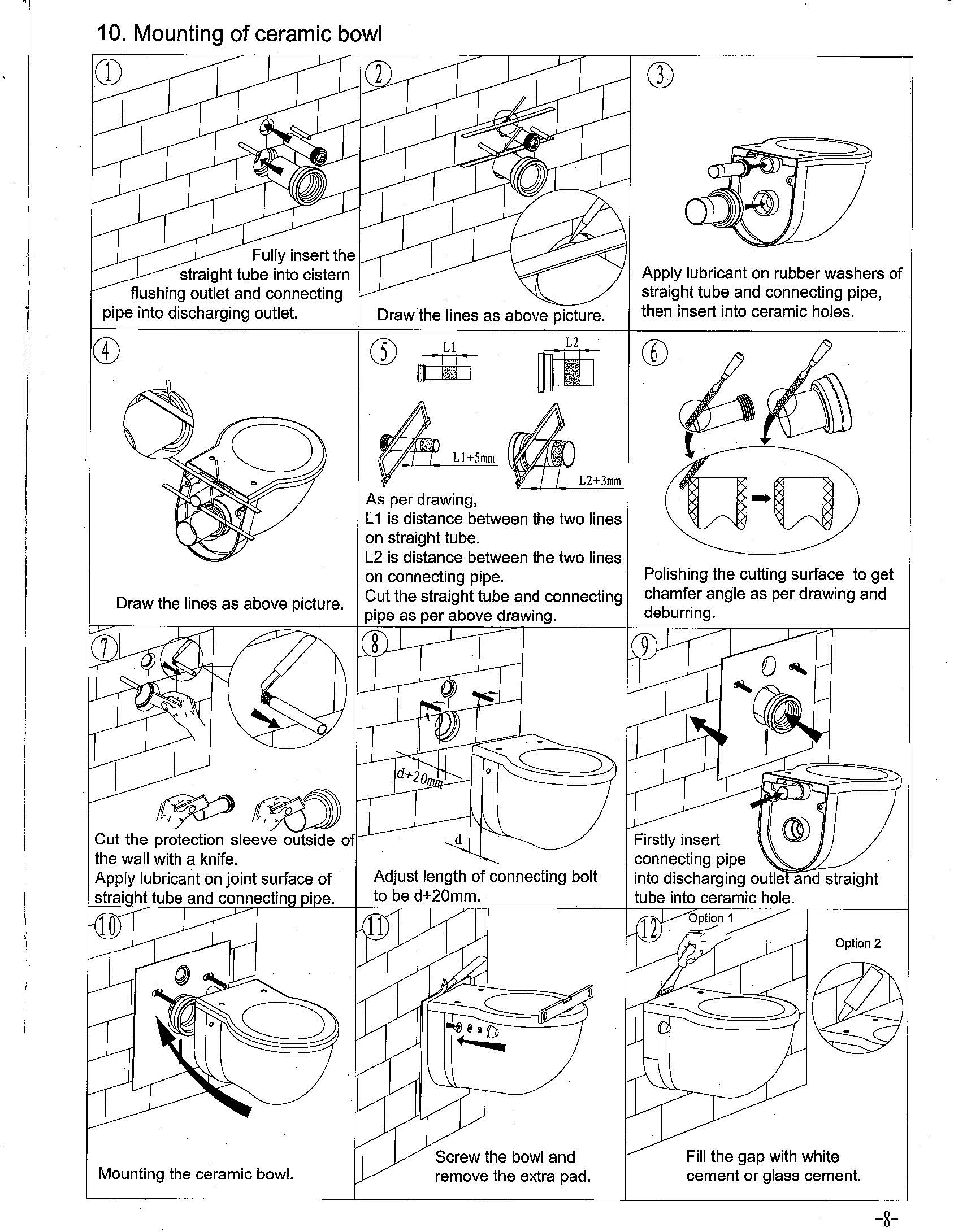






Countertop Reveals
Each type of reveal offers a distinct aesthetic and can be chosen based on the overall style and design preferences of the kitchen space.
Positive Reveal:
In positive reveals, the sink cut-out is slightly larger than the actual sink, creating a visible lip or edge around the sink perimeter. This design adds a decorative element and can make the sink appear more prominent. Positive reveals are often used in traditional or classic kitchen designs. Positive reveal typically mean the cut-out is exposing 1/4″ – 3/4″ of the sink rim. This reveal is also proven to be the most hygienic and maintenance free reveal. It also allows you to trap accessories on the rim of the sink between the cut-out as opposed to placing accessories above the countertop. See Example Below:
Zero Reveal (Flush):
Zero reveals, as the name suggests, involve cutting the countertop precisely to match the dimensions of the sink, resulting in no visible gap between the sink and the countertop. This creates a seamless and sleek look, often preferred in modern and minimalist kitchen designs. The zero reveal is applicable to all sinks. It is the recommended method of installation for all of workstation sinks. Sinks that have workstation shelves should be installed with a zero reveal so that accessories freely move on the shelf with no interference from the cut-out industry 1/2″ overhang.
Negative Reveal:
Negative reveals involve cutting the countertop slightly smaller than the sink dimensions, causing the sink to slightly overlap the countertop edges. This design creates a recessed effect, where the sink appears to be set into the countertop. Negative reveals can give a more understated and integrated look to the kitchen. The negative reveal is the most common sink installation due to it’s timeless charm and forgiveness in error. In general a negative reveal is when the countertop overhangs into the sink opening between 1/8″ to 1/2″ all the way around. This means that the cut-out is smaller than the true opening of the sink. While this looks nice and is the industry standard, it sometimes requires some maintenance. Due to the overhang into the sink, moisture from the sink rises in the air and latches onto the under portion of the countertop and it sometimes creates a mold or mildew typically in a black color. This can be easily cleaned with typical household supplies and cleaners such as baking soda and vinegar, or a mold and mildew cleaner. We recommend this cleaner for cleaning the sink cut-out when needed. https://strictlysinks.store/product/stonetech-mold-mildew-stain-remover/


































